A concise breakdown of the top Winter ’26 features for Salesforce developers — permission enforcement, Flow updates, GraphQL enhancements, DevOps Center improvements, and developer tooling changes.
Overview
Salesforce Winter ’26 focuses on tighter security, improved developer tooling, and productivity updates across Flows, Apex, APIs, and DevOps. This post summarizes the top 10 features developers should prioritize while planning updates and testing.
Key Features (Summary)
- Apex invokable actions respect user permissions: Apex classes called by Flow now require explicit user access.
- Flow execution requires FlowUser permission: The FlowUser permission is mandatory to run flows.
- Custom permissions for record-triggered flows: Conditionally run flows using custom permissions for modular control.
- Enhanced Flow Builder UX: Copy/paste elements, resize panels, improved keyboard navigation and canvas performance.
- Apex type support for Data Table in Flow: Bind Apex-defined objects directly to Flow data tables.
- Secure record access in Flow: Record-triggered flows respect user sharing by default.
- DevOps Center improvements: Better change tracking, pipeline logs and refined metadata support.
- GraphQL API enhancements: New object support, schema introspection, and faster filtered queries.
- Verified email requirement for legacy users: Users created before Nov 1, 2016 must verify email to send system emails.
- Apex Code Analyzer & Code Builder updates: New static analysis rules, LWC support, and GitHub Copilot pilot integrations.
Actionable Steps
- Audit Apex classes used in Flows and ensure appropriate access via permission sets.
- Grant the FlowUser permission where needed using permission sets or profiles.
- Use custom permissions to gate record-triggered flows when required.
- Start testing Flows in sandboxes with user-sharing enabled and use “Run As System” only when necessary.
- Evaluate DevOps pipelines for improved metadata and Flow version handling.
- Experiment with Salesforce GraphQL for front-end efficiency gains.
Best Practices
Adopt least privilege principles for flows and Apex, include permission checks in deployment plans, and add Flow tests to CI/CD pipelines. Use the enhanced Flow Builder UX to accelerate automation builds and rely on the Apex Code Analyzer to catch issues early.
Use Cases
This release is particularly relevant for teams building enterprise automation with Flows, developers integrating modern front-ends via GraphQL, and organizations standardizing release processes with DevOps Center and Code Builder.
Why This Matters
Winter ’26 tightens security around automation while improving developer productivity and modern API support. For admins and developers, the release means revalidating access models, updating permission sets, and leveraging new tooling to streamline development and deployment workflows.
Tags: Winter ’26, Salesforce, Flow, Apex, DevOps


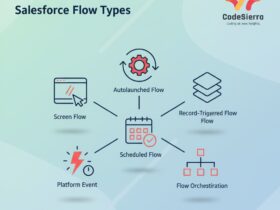
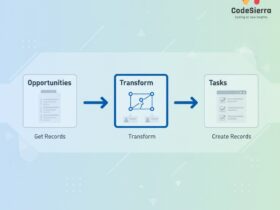
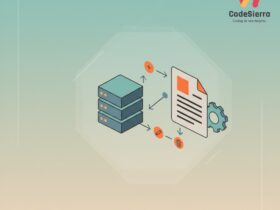
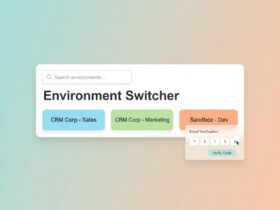

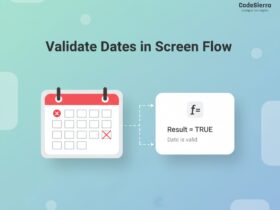

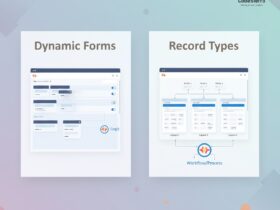
Leave a Reply